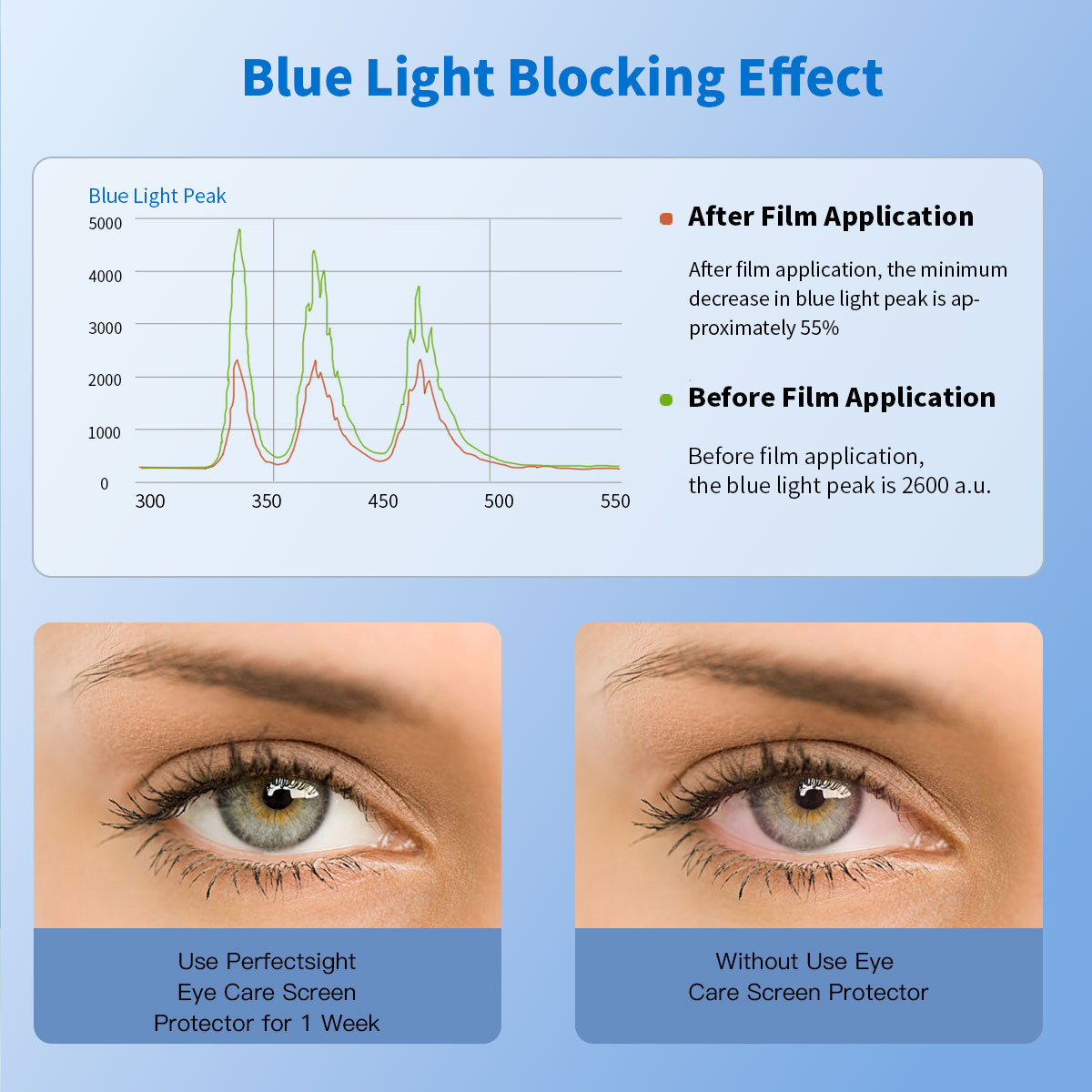How to Determine if Your Screen Protector is Anti-Blue Light?
In today's digital age, our screens are constantly bombarding us with harmful blue light that can disrupt our sleep patterns and strain our eyes. One way to combat this issue is by using an anti-blue light screen protector. But how can you tell if your current screen protector offers this protection? Here are a few tips to help you determine if your screen protector is anti-blue light:
1. Check the Packaging
The easiest way to find out if your screen protector is anti-blue light is to check the product packaging. Look for keywords such as "anti-blue light," "blue light filter," or "blue light protection." These indications usually mean that the screen protector is designed to block a certain percentage of blue light from reaching your eyes.

2. Test the Screen Protector
An effective way to test your screen protector for blue light filtering is by using a blue light test. You can easily find online blue light tests that allow you to see how much blue light is being blocked by your screen protector. Simply apply the screen protector to your device and run the test to see the results.
3. Research the Brand
Take some time to research the brand of your screen protector. Some reputable manufacturers specifically mention the blue light protection features of their products on their website or packaging. Look for information on the materials used in the screen protector and whether they are designed to block blue light. Such as “PerfectSight”.
4. Consult with the Retailer
If you purchased your screen protector from a physical store or an online retailer, consider reaching out to them for more information. Customer service representatives can often provide details about the features and benefits of the product, including whether it offers anti-blue light protection.
5. Compare with Known Anti-Blue Light Protectors
If you're still unsure about your screen protector, consider comparing it with a known anti-blue light protector. Place both protectors side by side and observe any differences in the colors and brightness of the screens. An anti-blue light protector typically has a slight tint or hue that indicates the presence of blue light filtering technology.
6. Look for Certification
Some screen protectors come with certifications related to blue light protection. These certifications indicate that the product has been tested and meets specific standards for blocking a certain percentage of blue light. Look for certifications from organizations like the American Academy of Ophthalmology or the TÜV Rheinland to ensure that your screen protector offers effective blue light filtering.
7. Consider User Feedback
Reading reviews and feedback from other users can also provide valuable insights into the effectiveness of your screen protector. Look for comments specifically mentioning the anti-blue light features of the product and whether users have noticed a difference in eye strain or sleep quality after using the screen protector.
8. Monitor Your Eye Comfort
One practical way to determine if your screen protector is anti-blue light is to monitor your own eye comfort. If you experience less eye strain, fatigue, or disruptions in your sleep patterns after using the screen protector, it's likely that it is offering some level of blue light protection. Pay attention to how your eyes feel over time to gauge the benefits of the screen protector.
9. Upgrade if Necessary
If you find that your current screen protector does not offer sufficient blue light protection, consider upgrading to a dedicated anti-blue light screen protector. Investing in a high-quality product designed specifically for reducing blue light exposure can provide better protection for your eyes and overall well-being.
By following these tips, you can determine whether your screen protector is providing the anti-blue light protection you need to safeguard your eyes from the harmful effects of prolonged screen exposure. Remember, prioritizing your eye health is essential in today's digital world, and investing in the right protection can make a significant difference in your overall well-being.